In actual development work, we will always encounter business needs such as scrolling, paging, calendar and other display effects. For those who have been exposed to jQuery and are familiar with the use of jQuery , the first thing that comes to mind is definitely to look for existing jQuery plug-ins to meet the corresponding display needs. There are a variety of jQuery plug-ins to choose from for some components commonly used in current pages. There are also many websites on the Internet that specifically collect jQuery plug-ins. Using the jQuery plug-in can indeed bring convenience to our development work, but if you only use it simply and don’t understand the principles, you will encounter problems during use or customize the development of the plug-in. There will be many doubts. The purpose of this article is to quickly understand the development principles of jQuery plug-ins and master the basic skills of jQuery development.
Before developing jQuery plug-ins, you must first know two questions: What is a jQuery plug-in? jQueryHow to use the plug-in?
The first question, jQueryThe plug-in is a method used to extend the jQuery prototype object. Simply put, the jQuery plug-in is jQuery A method of the object. In fact, after answering the first question, you will know the answer to the second question. The way to use the jQuery plug-in is to call the jQuery object method.
Let’s look at an example first: $("a").css("color","red"). We know that each jQuery object will contain the DOM operation method defined in jQuery, here we use the $ method to select a element, returns a jQuery object of the a element. This object can use the DOM operation method defined in jQuery. So how does the jQuery object obtain these methods? In fact, jQuery internally defines a jQuery.fn object. Looking at the jQuery source code, you can find jQuery.fn=jQuery.prototype, that is It is said that the jQuery.fn object is the prototype object of jQuery, and the DOM operation methods of jQuery are all in jQuery.fnDefined on the object, then the jQuery object can inherit these methods through the prototype.
Basic version of jQuery plug-in
Knowing the above knowledge, we can write a simple jQuery plug-in. If I now need a jQuery plug-in to change the color of the label content, I can implement the plug-in in the following way:
$.fn.changeStyle = function(colorStr){ this.css("color",colorStr);
} Then use the plug-in in the following way:
$("p").changeStyle("red");
When the plug-in is called, this inside the plug-in is the jQuery currently calling the plug-in. Object, in this case, each tag selected using the $() method will be reset using the css() method when calling the changeStyle() plug-incolor Style.
jQuery plug-in that satisfies the chain call
Chain call is a major feature of jQuery. A general plug-in should follow the jQuery style and satisfy the chain call Call request. The way to implement chain calls is also very simple:
$.fn.changeStyle = function(colorStr){ this.css("color",colorStr); return this;
} Then when using it, you can chain call other methods: $("p").changeStyle("red"). addClass("red-color");
The key point to realize the chain call is one line of codereturn this. If this line of code is added to the plug-in, then after the plug-in is executed, The current jQuery object will be returned, and then you can continue to call other jQuery methods after the plug-in method.
jQuery plug-in to prevent $ symbol pollution
There are many js libraries that use the $ symbol, although jQuery can use The jQuery.noConflict() method hands over the right to use the $ symbol, but if the plugins are defined using the $.fn object, then these plugins will be used by other users. $The impact of the js library on variables. In this case, we can use the immediate execution function to encapsulate the plug-in by passing parameters. The form is as follows:
(function($){
$.fn.changeStyle = function(colorStr){
this.css("color",colorStr);
return this;
}
}(jQuery));Because the immediate execution function is used, the $ at this time only belongs to the function scope of this immediate execution function, so that $ can be avoided Symbolic pollution.
JQuery plug-in that can accept parameters
Continuing the above example, if I also want to add a function to this plug-in to set the text size of the label element content, then I can achieve it like this:
(function($){
$.fn.changeStyle = function(colorStr,fontSize){
this.css("color",colorStr).css("fontSize",fontSize+"px");
return this;
}
}(jQuery));The above plug-in parameter passing method is suitable for situations where there are relatively few parameters. If there are more parameters that need to be passed to the plug-in, we can define a parameter object and then put the parameters that need to be passed to the plug-in in the parameter object. The plug-in is defined as follows:
(function($){
$.fn.changeStyle = function(option){
this.css("color",option.colorStr).css("fontSize",option.fontSize+"px");
return this;
}
}(jQuery));使用方式:$("p").changeStyle({colorStr:"red",fontSize:14});
把参数放到一个对象中传给插件还有一个好处就是我们可以在插件内部为一些参数定义一些缺省值,例如:
(function($){
$.fn.changeStyle = function(option){
var defaultSetting = { colorStr:"green",fontSize:12};
var setting = $.extend(defaultSetting,option);
this.css("color",setting.colorStr).css("fontSize",setting.fontSize+"px");
return this;
}
}(jQuery));上面的代码用到了$.extend方法,这个方法在这里的用法就是合并两个对象,即把后面一个对象的存在的属性值赋值给第一个对象,具体用法可以参考这里。$.extend方法还有一种作用是用来扩展jQuery对象本身。
这样定义的插件,我们在使用时如果不传fontSize,那么使用这个插件的jQuery对象标签的内容会被设置成默认的12px。
使用方式:$("p").changeStyle({colorStr:"red"});
注意:在为插件定义默认参数时,一定要把默认参数写在插件方法内部,这样默认参数的作用域就在插件内部。
总结
定义插件的方式除了上面说的用$.fn来定义,还有另外一种方式来定义插件,那就是使用$.fn.extend方法。类似下面的写法:
(function($){
$.fn.extend({
changeStyle:function(option){
var defaultSetting = { colorStr:"green",fontSize:12};
var setting = $.extend(defaultSetting,option);
this.css("color",setting.colorStr).css("fontSize",setting.fontSize+"px");
return this;
}
});
}(jQuery));PS:
$.extend方法和$.fn.extend方法都可以用来扩展jQuery功能,通过阅读jQuery源码我们可以发现这两个方法的本质区别,那就是$.extend方法是在jQuery全局对象上扩展方法,$.fn.extend方法是在$选择符选择的jQuery对象上扩展方法。所以扩展jQuery的公共方法一般用$.extend方法,定义插件一般用$.fn.extend方法。
The above is the detailed content of Example explanation of jQuery plug-in development. For more information, please follow other related articles on the PHP Chinese website!
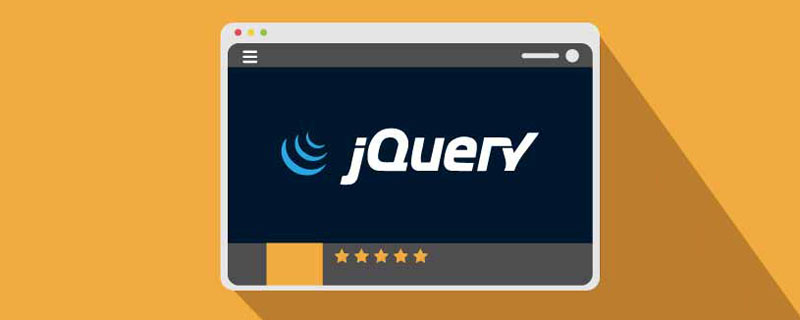 jquery实现多少秒后隐藏图片Apr 20, 2022 pm 05:33 PM
jquery实现多少秒后隐藏图片Apr 20, 2022 pm 05:33 PM实现方法:1、用“$("img").delay(毫秒数).fadeOut()”语句,delay()设置延迟秒数;2、用“setTimeout(function(){ $("img").hide(); },毫秒值);”语句,通过定时器来延迟。
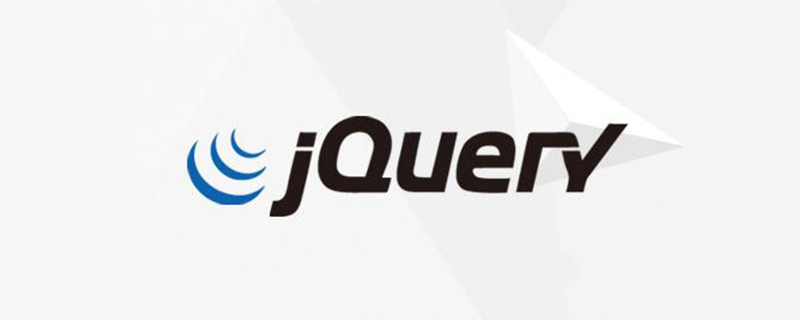 jquery怎么修改min-height样式Apr 20, 2022 pm 12:19 PM
jquery怎么修改min-height样式Apr 20, 2022 pm 12:19 PM修改方法:1、用css()设置新样式,语法“$(元素).css("min-height","新值")”;2、用attr(),通过设置style属性来添加新样式,语法“$(元素).attr("style","min-height:新值")”。
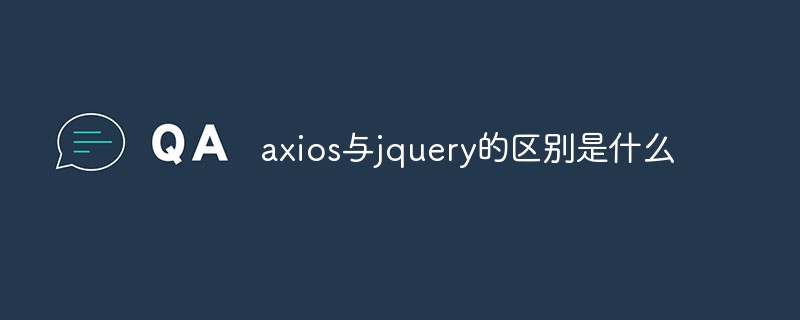 axios与jquery的区别是什么Apr 20, 2022 pm 06:18 PM
axios与jquery的区别是什么Apr 20, 2022 pm 06:18 PM区别:1、axios是一个异步请求框架,用于封装底层的XMLHttpRequest,而jquery是一个JavaScript库,只是顺便封装了dom操作;2、axios是基于承诺对象的,可以用承诺对象中的方法,而jquery不基于承诺对象。
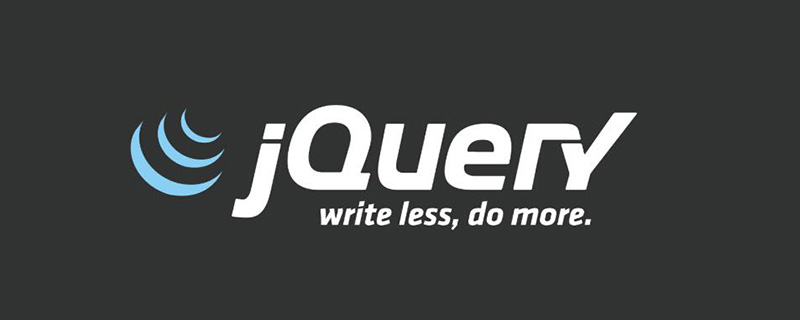 jquery怎么在body中增加元素Apr 22, 2022 am 11:13 AM
jquery怎么在body中增加元素Apr 22, 2022 am 11:13 AM增加元素的方法:1、用append(),语法“$("body").append(新元素)”,可向body内部的末尾处增加元素;2、用prepend(),语法“$("body").prepend(新元素)”,可向body内部的开始处增加元素。
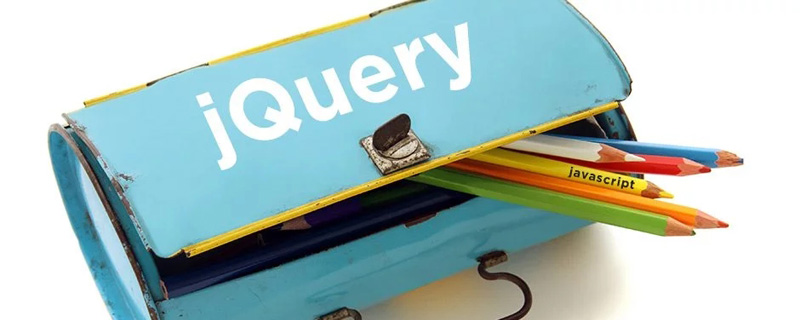 jquery怎么删除div内所有子元素Apr 21, 2022 pm 07:08 PM
jquery怎么删除div内所有子元素Apr 21, 2022 pm 07:08 PM删除方法:1、用empty(),语法“$("div").empty();”,可删除所有子节点和内容;2、用children()和remove(),语法“$("div").children().remove();”,只删除子元素,不删除内容。
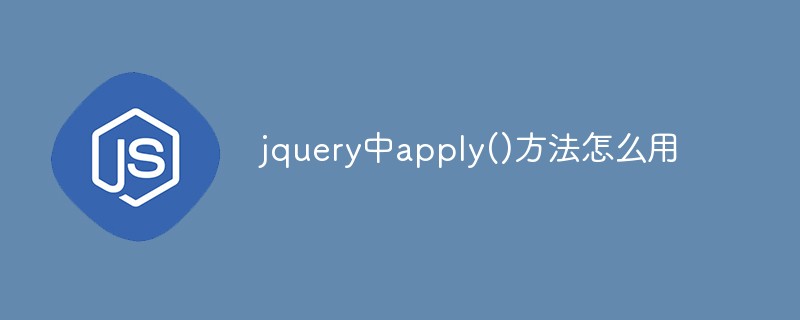 jquery中apply()方法怎么用Apr 24, 2022 pm 05:35 PM
jquery中apply()方法怎么用Apr 24, 2022 pm 05:35 PM在jquery中,apply()方法用于改变this指向,使用另一个对象替换当前对象,是应用某一对象的一个方法,语法为“apply(thisobj,[argarray])”;参数argarray表示的是以数组的形式进行传递。
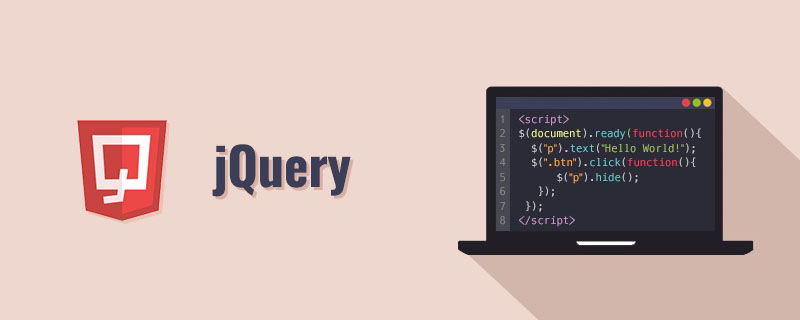 jquery怎么去掉只读属性Apr 20, 2022 pm 07:55 PM
jquery怎么去掉只读属性Apr 20, 2022 pm 07:55 PM去掉方法:1、用“$(selector).removeAttr("readonly")”语句删除readonly属性;2、用“$(selector).attr("readonly",false)”将readonly属性的值设置为false。
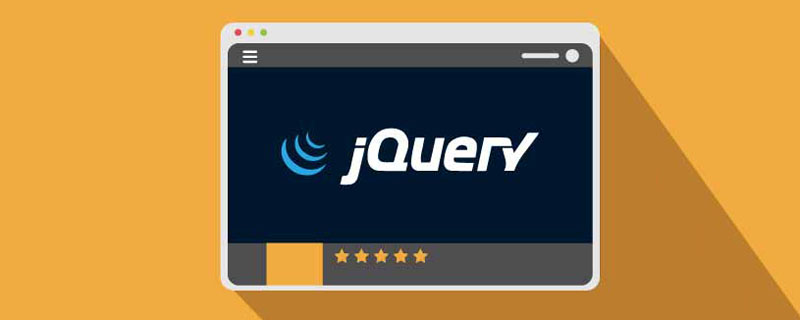 jquery on()有几个参数Apr 21, 2022 am 11:29 AM
jquery on()有几个参数Apr 21, 2022 am 11:29 AMon()方法有4个参数:1、第一个参数不可省略,规定要从被选元素添加的一个或多个事件或命名空间;2、第二个参数可省略,规定元素的事件处理程序;3、第三个参数可省略,规定传递到函数的额外数据;4、第四个参数可省略,规定当事件发生时运行的函数。


Hot AI Tools

Undresser.AI Undress
AI-powered app for creating realistic nude photos

AI Clothes Remover
Online AI tool for removing clothes from photos.

Undress AI Tool
Undress images for free

Clothoff.io
AI clothes remover

AI Hentai Generator
Generate AI Hentai for free.

Hot Article

Hot Tools

Dreamweaver Mac version
Visual web development tools

VSCode Windows 64-bit Download
A free and powerful IDE editor launched by Microsoft

MinGW - Minimalist GNU for Windows
This project is in the process of being migrated to osdn.net/projects/mingw, you can continue to follow us there. MinGW: A native Windows port of the GNU Compiler Collection (GCC), freely distributable import libraries and header files for building native Windows applications; includes extensions to the MSVC runtime to support C99 functionality. All MinGW software can run on 64-bit Windows platforms.

PhpStorm Mac version
The latest (2018.2.1) professional PHP integrated development tool

SAP NetWeaver Server Adapter for Eclipse
Integrate Eclipse with SAP NetWeaver application server.






